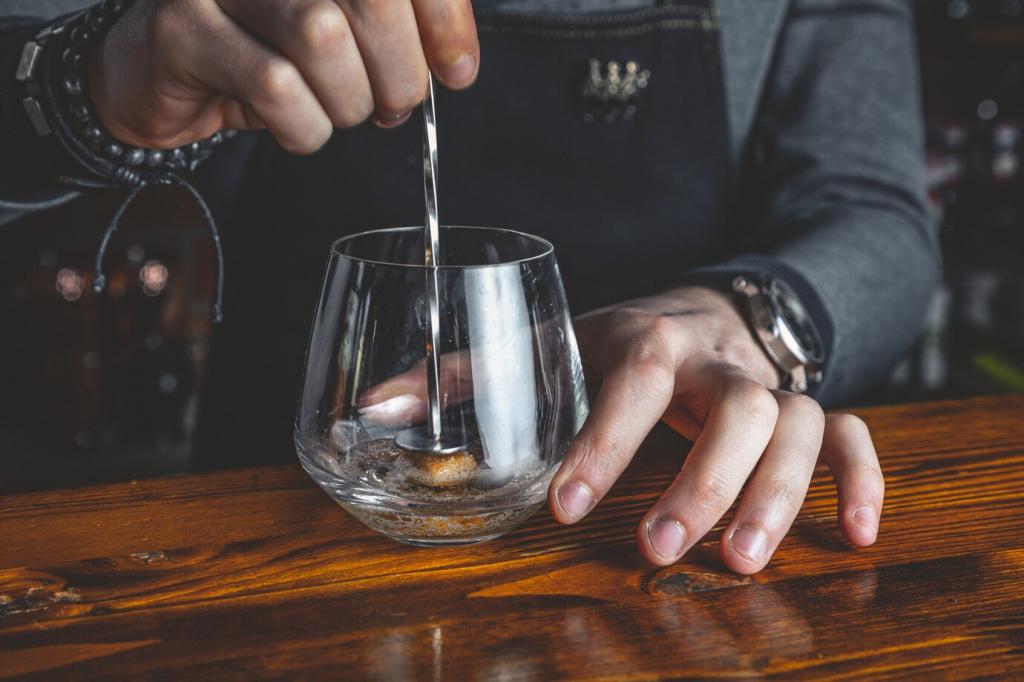Tasting Flights: Learn Varietals by the Glass
Pour modest servings side by side, noting sweetness, spice, and malt. Keep water nearby to open aromas. Write two lines per glass. You will feel patterns click, and varietal profiles become real, memorable, and wonderfully personal.
Tasting Flights: Learn Varietals by the Glass
Include a sherry‑finished Scotch or bourbon and a peated Scotch to demonstrate how oak influence and smoke reshape a base varietal. Ask guests to guess which is which, then reveal the labels and discuss impressions without judgment.







